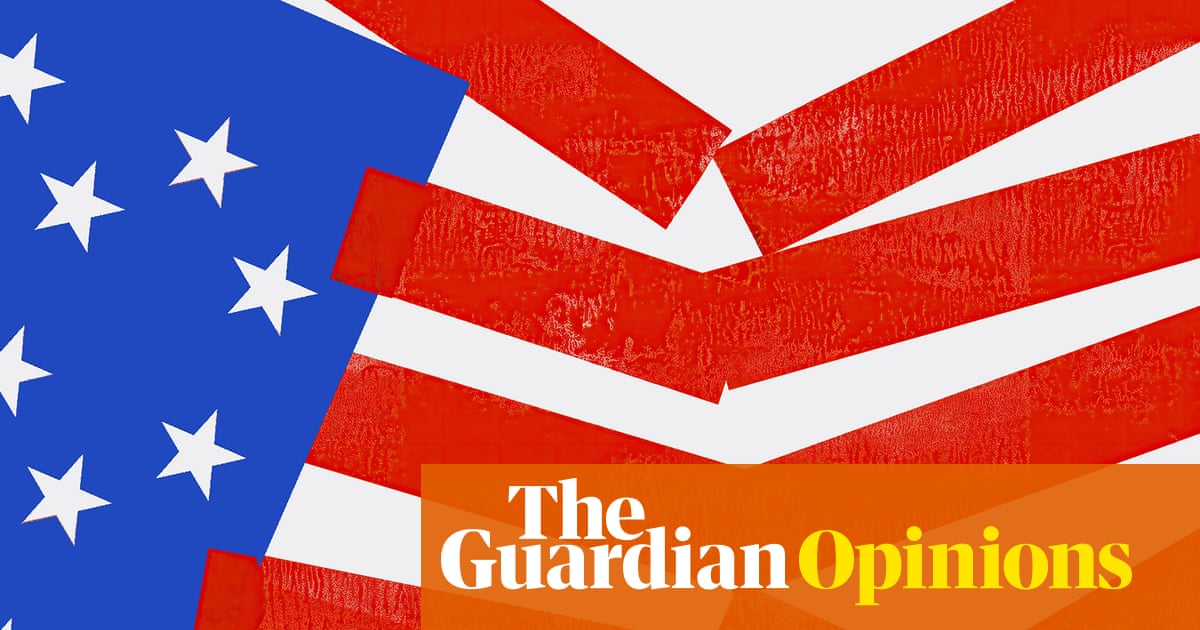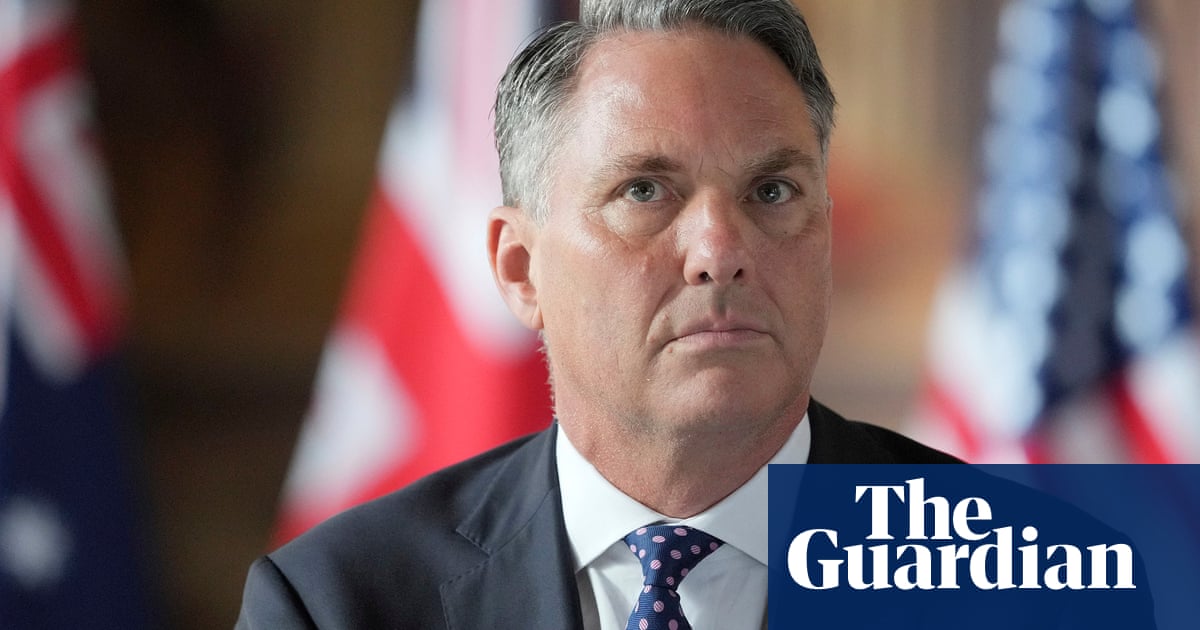Donald Trump calls his tax and spending plans “big, beautiful,” and a once-in-a generation opportunity to bolster the prosperity of the US economy. The bond market disagrees.
In his latest showdown with Wall Street, after the turmoil unleashed by his “liberation day” tariff announcement last month, global financial markets are rattled again, this time by the US president’s One Big Beautiful Bill Act. Plans to hit the EU with 50% tariffs on all imports are adding to the investor headache.
Reflecting growing unease, the yield – in effect the interest rate – on 30-year US government bonds has risen above 5%, and is threatening to reach the highest level in 18 years. Meanwhile Moody’s, a leading credit ratings’ agency, relied on by big investors, last week stripped the US of its top-notch triple-A score.
Central to the concern is the US’s so-called “twin deficit” position – running a simultaneous budget deficit (when public spending exceeds revenues) and trade deficit (when imports outstrip exports) – and the worry that Trump’s policies will stoke inflation and sink the US economy into recession.
Mark Dowding, the chief investment officer at RBC BlueBay Asset Management, a hedge fund, said the president seemed content to “keep calm and carry on” despite growing investor unease – which could test markets further.
“Laffer curve economics inspired thinking in the US is being met with increased scepticism by bond market investors, who are concerned at an alarming rise in the debt trajectory,” he said. “Essentially, Washington has thrown down the gauntlet to the bond market.”
Under the One Big Beautiful Bill Act, trillions of dollars in tax cuts which Trump first introduced in 2017 – but had been due to expire at the end of 2025 – will be extended, offset by controversial cuts to some areas of spending, including Medicaid, the healthcare scheme for those on low incomes.
The non-partisan Committee for a Responsible Federal Budget estimates the measures will increase the US’s annual deficits to $2.9tn (£2.1tn) (6.9% of US GDP) by 2034, or to $3.3tn (7.8% of GDP) if some time-limited policies are made permanent.
Running these large annual deficits will add to America’s outstanding debt pile held by the public, which stood at $28.2tn in 2024 (97.8% of GDP) and was already on track to reach almost $50tn by 2034 (117% of GDP).
However, Trump’s measures could add a further $3.3tn on top by 2034, taking the debt-to-GDP ratio to 125%, or $5.2tn if made permanent (129%).
Economists argue over the dangers of high debt levels. Several countries have debt ratios above 100%, including Japan, at more than 260%, and there is no precise, agreed-upon danger zone. Unlike households, governments have the power to print currencies, change tax and spending plans, and set laws. Comparisons to a family credit card being maxed-out are meaningless. Borrowing can help governments, if the proceeds lay the groundwork for stronger economic growth in future.
However, persistent deficits and ever-rising debt levels can erode investors’ confidence in a country’s ability to make good on its IOUs. This can further push up borrowing costs, as investors demand higher premiums. Higher interest rates drive up debt-servicing bills, while high volumes of debt can “crowd out” more productive private investment in favour of parking cash in government bonds.
For decades, the US has enjoyed cheaper borrowing costs relative to many other countries, particularly given the scale of its annual deficits and vast outstanding debt pile, in what has become known as Washington’s “exorbitant privilege”.
However, investors are warning patience is running out, as Trump’s increasingly erratic policymaking trashes the postwar consensus that buying US assets is the safest possible place to put your money.
Trump could argue his tariff policies will bring in revenues to offset the cost of tax cuts, and that his vast giveaways could stimulate spending in the economy by putting more money in the pockets of businesses and consumers.
However, the nonpartisan Tax Foundation thinktank believes US tariffs in effect today, if left in place permanently, could raise $2.1tn between 2025 and 2034, but would reduce long-run GDP over the same period by 0.6% before retaliatory measures are taken into account.
“Concerns about US borrowing aren’t going away. And for all the angst about the tax and spending bill, the irony is that it will make little tangible difference to economic growth rates over the next couple of years,” analysts at ING Bank wrote in a note to clients.
On the flip side, the thinktank also says Trump’s tax cuts could increase long-run GDP by 0.6%, but would cost $4.1tn in forgone revenue over the same period.
While there are gyrations in the bond market, there are also consequences for the world at large. This is because the US bond market acts as a critical reference point for other securities around the globe, meaning rising US borrowing costs will drag other government interest rates higher.
In the UK, 30-year bond yields have hit their highest since the late 1990s this year, adding to complications for the British chancellor, Rachel Reeves, by pushing up debt servicing costs.
Borrowing costs are rising in Japan, amid inflation concerns and as the country’s central bank unwinds years of loose monetary policy. As the largest foreign holder of US Treasuries, investors may start pulling money from the US market in favour of rising yields on domestic bonds.
After rapid growth in government debt levels worldwide – driven higher after the economic shocks of the 2008 financial crisis, the Covid pandemic, and now Trump’s trade wars – the challenges are only mounting.

.png) 3 months ago
33
3 months ago
33

















































